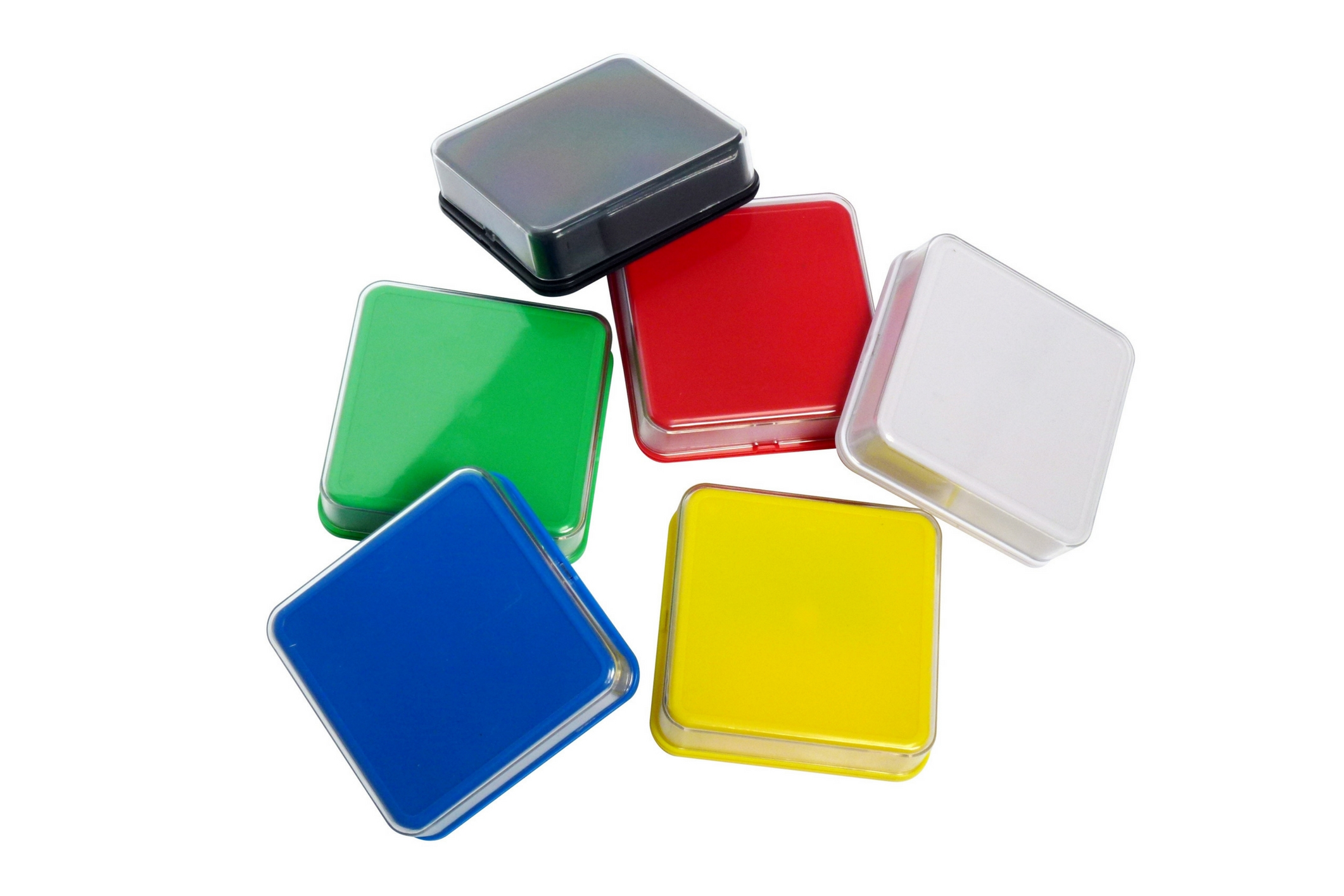BLOG


Tips to teach Phonics to children with learning disabilities
Phonics instructions is an effective way to teach the relationship between sounds, and the letters we use to represent them. It helps children decode words by teaching those sounds that are represented by specific letters. Once the children learn sounds, they will be able to combine these sounds to make words. Phonic skills helps them to learn fluently. When they master the skill, they can blend them together to read words.
Often, children with learning disabilities have difficulty in reading. However, they respond well to phonics instructions. Here are some tips to teach children with learning disabilities read with phonics:
- While giving phonics instructions, try to be systematic. Focus on a few regular sounds and spelling patterns, and progress through more complex, irregular sounds and spellings.
- Try to include a lot of drill and practice of the sounds and make it enjoyable.
- When teaching, give immediate feedback to the students who need correction, to avoid them from learning errors.
- There should be frequent assessment to ensure children are progressing.
- While teaching how to blend, include words at the student’s developmental level only.
- Use multisensory methods and materials while teaching phonics.
- Start with words that students use in everyday interactions and classroom work, and then progress to more unfamiliar or complex material as and when the child is ready for it.
- Periodically review previously learned material so that children remember and retain it.
Parents or caregivers can do several activities at home to help children develop phonics skills:
- Play games with the child where you take turns coming up with words that begin with the same sound. Start with consonants and spend time on each letter separately.
- Make flashcards of words that begin with the same sounds.
- Create your own multisensory materials and ask your child to write the words you came up with, that start with the same sounds.
- Nursery rhymes is a great way to develop your child’s awareness of how words can sound the same. Rhyming books are a great way to reinforce this skill.
- Once your child is comfortable with beginning consonants, practice words with long vowels. Spend some time individually on teaching vowels.
While teaching phonics at home, remember to keep it fun and enjoyable. Reading is difficult for a child with learning disabilities. The more you make it fun, the more is the child likely to take it up and enjoy. If the child seems unhappy or has any difficulty with some of your activities, he/she may not be ready. You may try going back to something they have learned well to boost their confidence. Also, remember to talk to your child’s teacher and make your home practice consistent with the activities they are doing at school. This will help make phonics fun and easy for children with learning disabilities.

